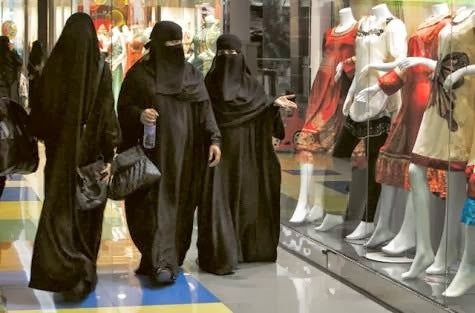
Recent news of appalling treatment of a 24-year-old Saudi Arabian woman reminds me of the stark contrast between the challenges facing women across the globe. Gender equity here, an important goal, shrinks before the issues facing women across the world.
In the U.S., low income women face daunting obstacles. While I deal with those issues in my non-profit work, my work focus has been on women in business. In that arena, we measure the progress of women by the percentage of women CEO’s and senior executives. We still need to close the wage gap so women are paid equally for equal work. We work to remove obstacles that keep women from reaching their potential. Those obstacles are generally the result of unconscious gender bias.
I have devoted my post-professional career to removing obstacles to having gender diversity at the leadership level of North American businesses. When I look at the challenges facing low income women in the U.S., and when I consider the status of women in other parts of the world, my mission seems very narrow.
Last month a 24-year old Saudi woman was trying to escape a forced marriage. Her flight stopped in Manila, where authorities (apparently at the request of Saudi officials) took the young woman and held her until her uncles arrived to beat her, bind and gag her, and force her back to Saudi Arabia, where she is reportedly in prison. (Forced marriage does occur in the U.S., but it is a rarity.)
Women in Saudi Arabia are subject to conservative laws and religious (Muslim) principles. While women recently gained the right to vote and run for office, a woman still requires the permission of her husband or other male relative to do basic tasks like opening a bank account, obtaining a passport or traveling abroad. Women are shamed for driving a car, wearing makeup or showing flesh, competing in sports, or going places where they might mix with men. Women running for office are not allowed to address men! The world notes progress in recent years, but any progress starts from a very low base!
Obviously there is a huge gap between challenges facing educated women in North America and Europe and those facing women in the Middle East. That gap does not render unimportant the work that I and many others do to remove obstacles for women in business. It provides context and contrast. And it broadens my own focus. The larger goal is global gender equity! I am not sure my vision for U.S. women will be realized in my lifetime. I am not sure fairness for women across the globe will be real in many lifetimes. There is so much work to do!
What do you think we can do to accelerate the pace of change for women across the globe?